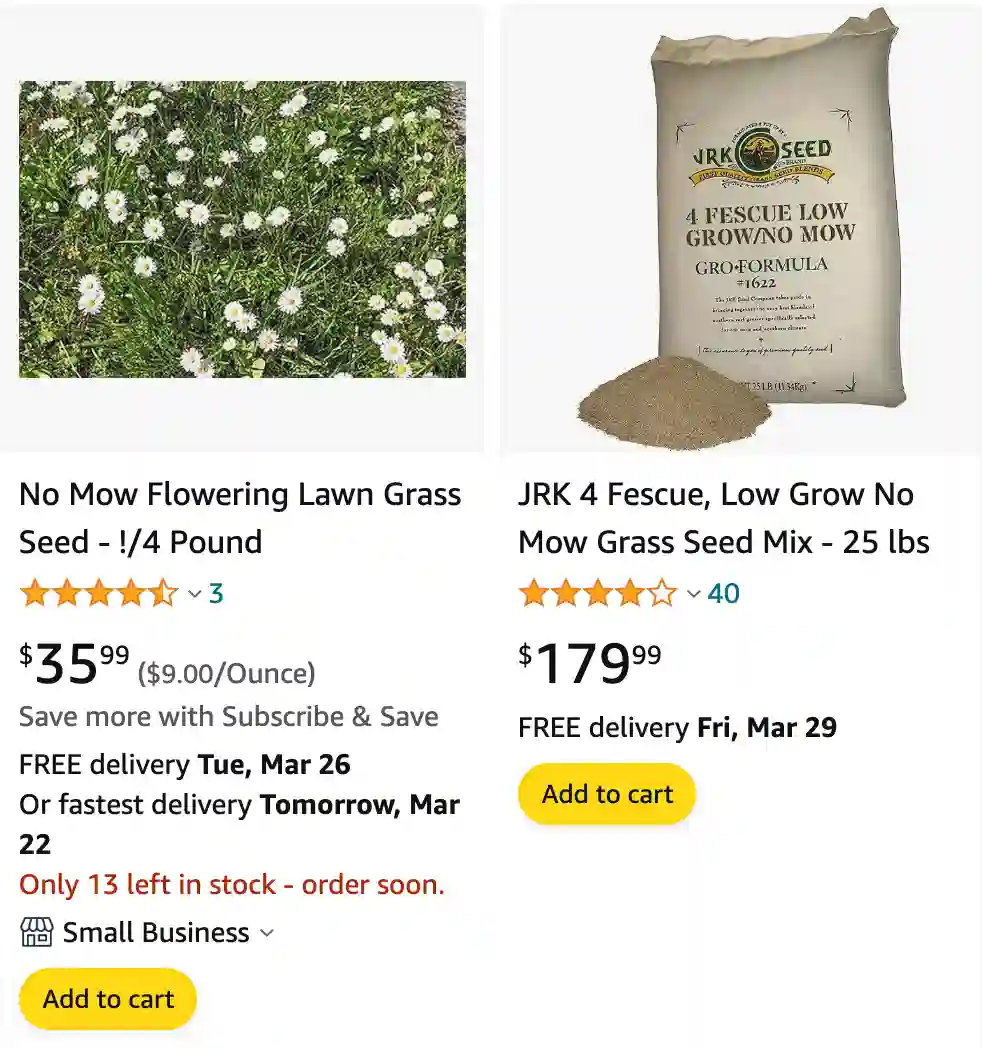Introduction
As a passionate homeowner deeply invested in creating a lush and visually appealing landscape, my journey led me to discover the enchanting world of Zoysia Tenuifolia. Originating from South East Asia, this low-growing perennial grass species, also known as Korean velvet grass or No Mow grass, has become a perennial favorite among landscaping enthusiasts. In this personalized exploration, I share my experiences, insights, and the unique characteristics that make Zoysia Tenuifolia a standout choice for my lawn.
Characteristics
My exploration into the world of Zoysia Tenuifolia began with understanding its distinct characteristics. This grass, with its fine, wiry, dark green blades, forms a dense, moss-like mat, seldom exceeding two inches in height. Unlike other Zoysia species, Tenuifolia showcases a unique puffy appearance, making it a perfect fit for Asian-themed gardens. The slow growth and small clump formation contribute to its ornamental allure.


Zoysia Tenuifolia Care
According to my actual experience, Zoysia Tenuifolia is a resilient and easily maintained grass variety. Its minimal care requirements make it a fantastic choice for homeowners like me who appreciate a visually pleasing lawn without the hassle of frequent maintenance. With a slow growth pattern, it demands less mowing, allowing me to enjoy a well-kept lawn with minimal effort.
Temperature and Light
In my region, the adaptability of Zoysia Tenuifolia to a variety of temperatures has been a game-changer. With the capacity to thrive in both hot and cold climates, it remains green even in cooler months, offering year-round appeal. The grass’s preference for full sun or moderate shade aligns perfectly with my landscape’s sun exposure, showcasing its versatility.
Soil, Water, and Humidity
My landscaping journey has taught me that Zoysia Tenuifolia prefers well-draining soils but can tolerate brief waterlogging. Its extensive root system contributes to water usage efficiency, making it a drought-tolerant option. The grass’s ability to flourish in hot and humid conditions further solidifies its place in my landscape, adding a touch of green even in challenging weather.
Pruning, Repotting, and Propagation
Zoysia Tenuifolia’s slow growth may pose challenges in terms of establishment, but the rewards are worth the wait. I’ve found that regular mowing to promote lateral growth and occasional propagation through plugs or sprigs can enhance its spread. As for repotting, the deep root structure requires careful consideration, ensuring a commitment to long-term upkeep.
FAQs
Addressing Common Questions About Zoysia Tenuifolia
As I integrated Zoysia Tenuifolia into my landscape, I encountered common questions about its spread rate, invasiveness, and suitability for various applications. Understanding these aspects has been crucial in making informed decisions about its placement and management.
Spread Rate and Invasiveness
Contrary to misconceptions, Zoysia Tenuifolia is not excessively invasive. Its spread rate, influenced by factors like temperature and soil quality, aligns with my landscaping goals. Proper containment techniques, such as barriers or frequent edging, help control its expansion into undesired areas.
Foot Traffic Tolerance
While Zoysia Tenuifolia can withstand some foot traffic, it requires careful consideration in high-traffic areas. Its low tolerance for intensive use necessitates thoughtful planning to prevent wear and thinning. In my experience, it has been ideal for areas with minimal activity, contributing to its longevity and health.
Thatch Issues and Shade Sensitivity
Navigating potential challenges, such as thatch buildup and shade sensitivity, has been part of my journey with Zoysia Tenuifolia. Regular dethatching or aeration is essential for maintaining its health. Additionally, understanding its preference for full sun or moderate shade has guided its placement in my landscape, ensuring optimal growth.
Plant Combinations
Harmonizing Zoysia Tenuifolia with Other Plants
In my pursuit of a harmonious landscape, I’ve explored the art of combining Zoysia Tenuifolia with other plant varieties. Its soft, green mounds and distinctive appearance make it a versatile companion for various garden settings.
Creating Architectural Features
Zoysia Tenuifolia’s undulating appearance lends itself to creating captivating architectural features. Whether used as an alternative lawn, ground cover in rockeries, or around the base of specimen trees, its ability to form lush, soft mounds adds a touch of elegance to my landscape.
Green Mat Between Pavers
One of the creative applications I’ve embraced is using Zoysia Tenuifolia between pavers. The grass’s low-growing nature forms a green mat that softens hardscape elements, providing a visually appealing contrast. This innovative use has transformed my walkways and outdoor spaces into inviting areas with a touch of nature.
Rooftop Gardens and Green Roofs
Zoysia Tenuifolia’s low maintenance and adaptability make it an excellent choice for rooftop gardens and green roofs. Its ability to thrive in pots or garden beds as an alternative living mulch enhances the aesthetic appeal while contributing to environmental benefits.
Varieties
While my focus has been on the unique qualities of Zoysia Tenuifolia, it’s essential to acknowledge that different varieties exist within the Zoysia genus. Understanding these variations allows for informed decision-making when selecting the most suitable option for specific landscaping goals.
Zoysia Tenuifolia goes by various names, including Mascarene grass, Temple grass, and even Petting grass, reflecting its popularity and the diverse regions where it thrives. Exploring these variations provides insights into the nuanced characteristics that each variety brings to the landscape.
Conclusion
In conclusion, my journey with Zoysia Tenuifolia has been a rewarding exploration of a grass species that combines aesthetic appeal with practical advantages. From its unique puffy appearance to its environmental benefits and versatility in various landscape applications, Zoysia Tenuifolia has secured its place as a staple in my outdoor haven. While acknowledging its challenges, such as slow establishment and specific care requirements, the overall experience has been a testament to the beauty of embracing nature’s wonders in personalized landscaping endeavors. As I continue to nurture and enjoy my Zoysia Tenuifolia-adorned landscape, I find solace in the timeless beauty and simplicity it brings to my outdoor sanctuary.



